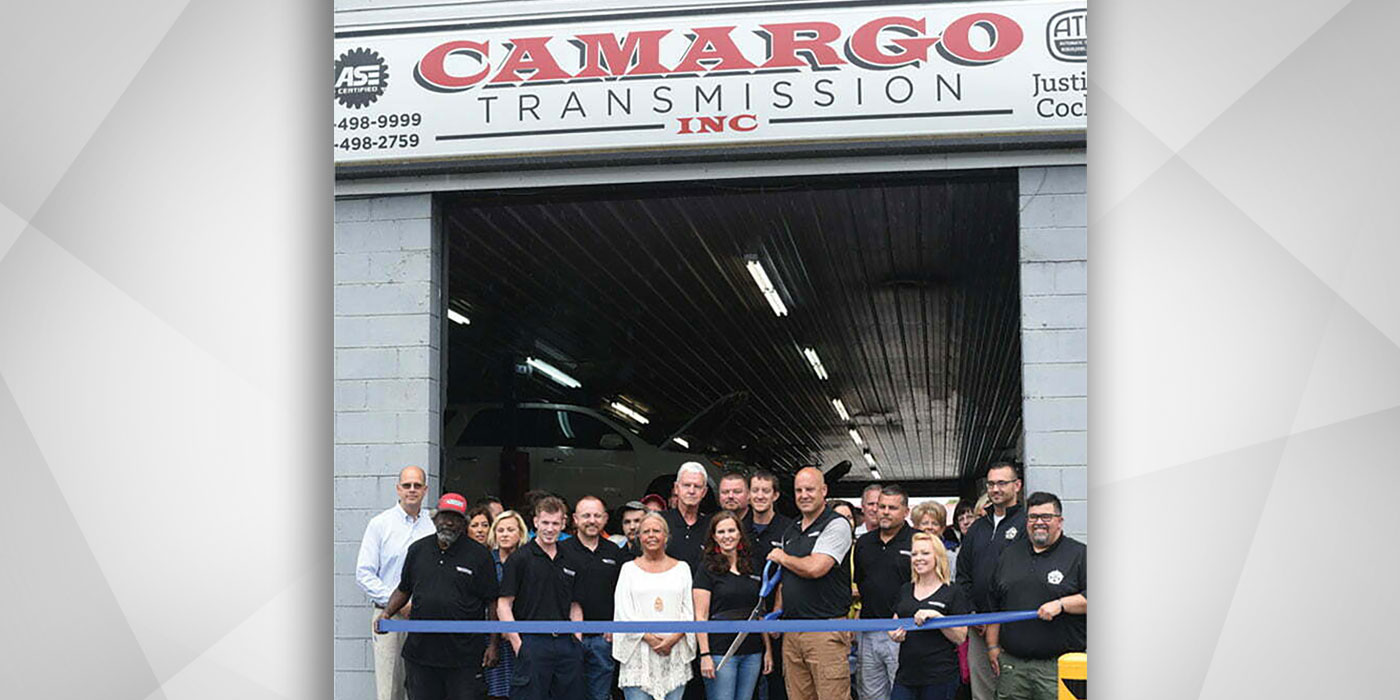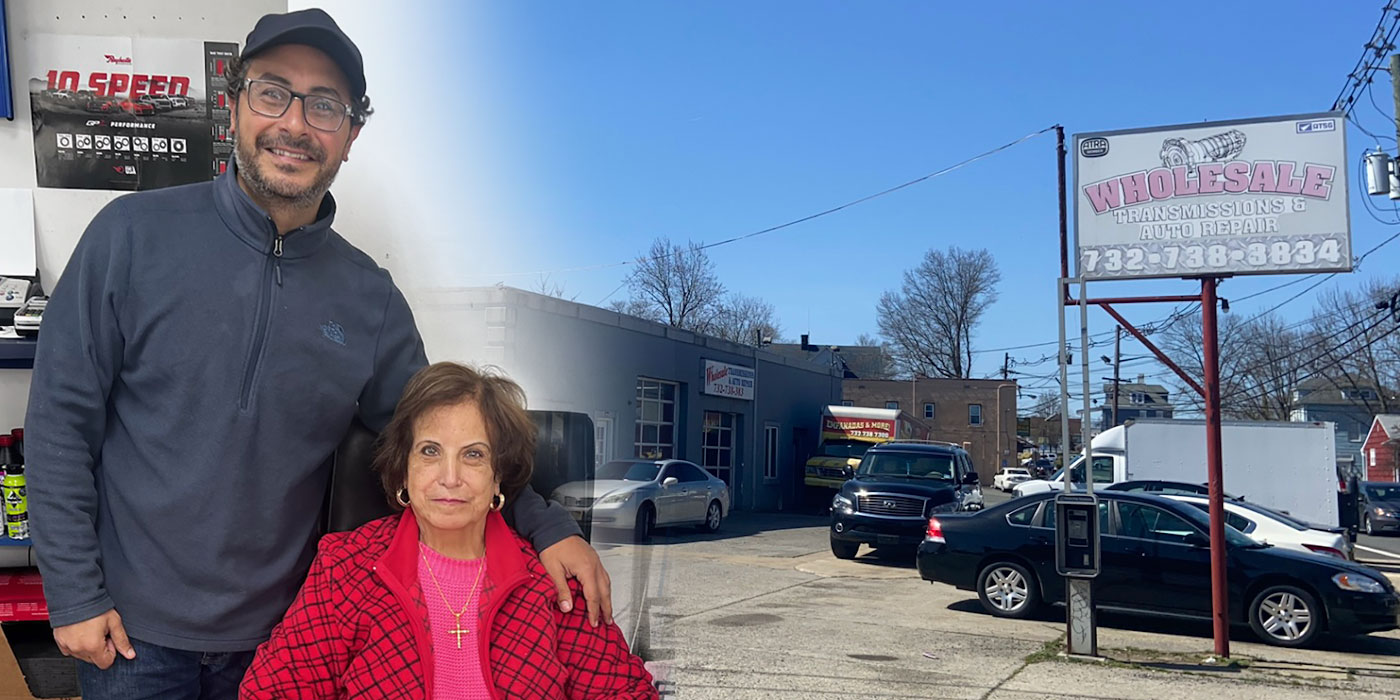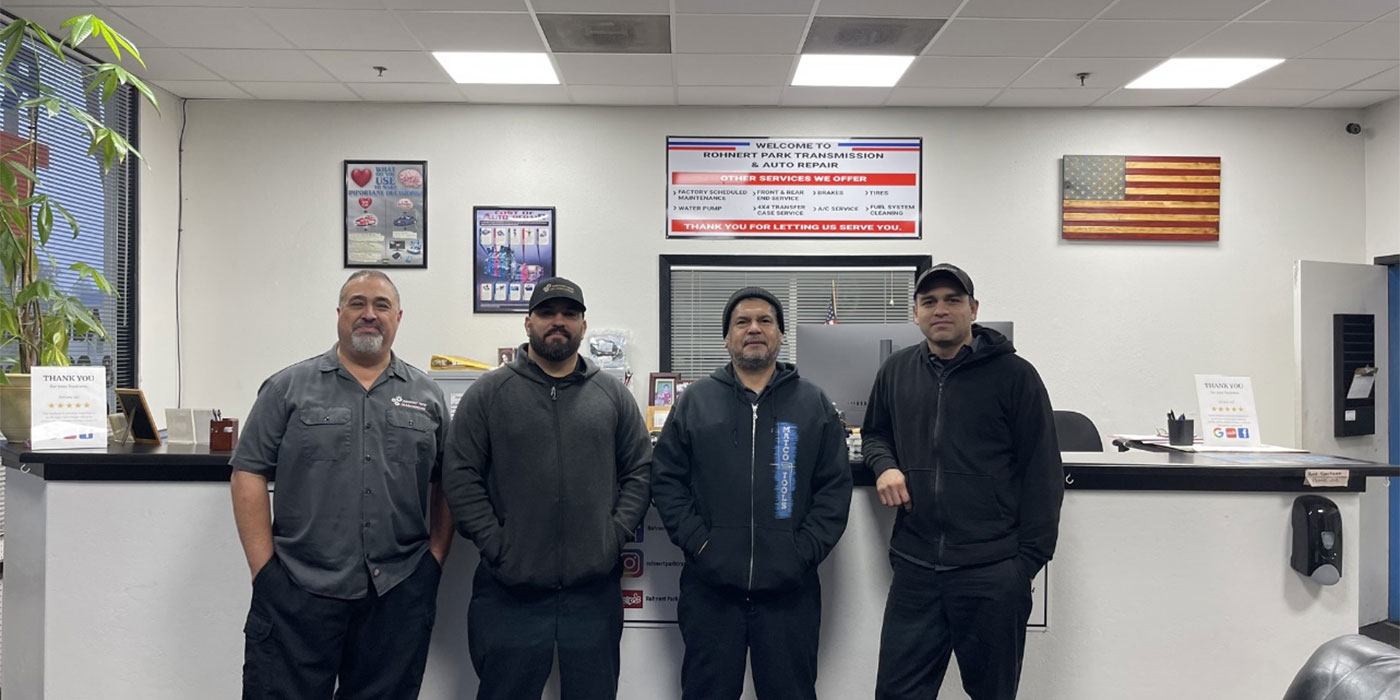
A. Little Help
- Subject: Maintaining a good attitude
- Essential Reading: Shop Owner
- Author: Art Little
I was in a shop the other day when a customer came in complaining to the manager about the lousy service he had received on his repair. It started off bad and then got worse as the conversation went on. He had been in three times since the original repair and wanted to know what the shop was going to do about it.
The manager asked the customer exactly what the problem was this time. The customer yelled, “The same problem I had when I brought it in here!”
When the manager asked for his keys and told him he would check it out for him, the customer would not give him the keys. He said, “The last time I gave you these keys you kept my vehicle two weeks.”
The manager asked, “How can I help you if you will not give me the keys?”
The customer replied, “You can give me my money back so I can take it to a shop that knows what they are doing.”
Then, the manager then lit him up real good when he said, “Sir, you have a bad attitude.”
I thought to myself, “Who wouldn’t have a bad attitude?”
Have you ever considered that maybe your attitude as the shop owner is the root cause of the bad attitude your customers have when they come in, like this customer? Let me explain what I am talking about. After the customer calmed down and left, the manager showed me a folder with restraining orders the owner had filed against previous unruly customers. I had never seen that before. That was a new one on me. I went to the owner and asked the owner what he was going to do about this customer and he said did not know. He just knew he was not going to give him his money back.
I looked at the history of the repair and went to the builder to see what he had to say about it. He said the owner would not let him buy the parts he needed. He said every time the owner came in he complained about his parts costs. When the owner left, the manager would tell him to order what he needed. That is called dual supervision. One boss is telling him to order, the other is telling him not to. He was confused. Instead of respecting the builder’s knowledge and giving him the responsibility to do what he thinks is right every time, the owner had the attitude that “you are spending too much of my money on parts. I do not want to take the time to find out why you are spending too much of my money on parts. I just know you are.” The manager had to face the customers and did not have to pay for parts, so his attitude was that he wanted the builder to buy the parts and hope the owner wouldn’t go broke.

So, here we go. No one has taken responsibility and the customer loses. It is not the manager’s fault; he did not work on it. It is not the builder’s fault; he is not allowed to buy the parts he needs. It is not the installer’s fault; he just does what he is told to do. It is not the owner’s fault because he is the owner. That is a bad attitude for a shop to have, and It is exactly the reason the customer had a bad attitude when he came in and wanted his money back.
Don’t be too quick to judge the people in this shop. I think we all get bad attitudes from time to time. They seem to creep up on you. Little things start to happen, then some big things happen. Then, things start mounting up and working on your good nature. Before you know it, you have a bad attitude about one or two things and then it starts to spill over into everything you do. That is just the way it goes when you walk around with a bad attitude.
A bad attitude is like a flat tire. If you don’t change it, you will never go anywhere. What can you do? Let’s look at two different shops on opposite ends of the scale to get a feel for this issue.
Shop A has an owner who is absentee and shows up only to complain. Payroll is late all the time, employees are just numbers, the parts washer doesn’t work half the time, the lifts are not safe, no money is put into improving the shop, the place is always dirty, test equipment is outdated, there is a dial-up Internet connection, and the builder and installers are sent home without pay when the shop’s business slows.
All parts are COD because the owner does not pay his bills on time. He buys the cheapest parts available no matter what. The shop is not a member of the Better Business Bureau. The customers are not allowed in the service area for any reason. Management lies to the customer when the truth would sound better. Management has a history of lying to employees. There is no modern test equipment. A misdiagnosis is common. No one ever gets a pat on the back or a bonus if they do well. The shop always has several lawsuits in small-claims court. Employees come and go, with an average tenure of six months. And, last but not least, the employees are always blamed for the shop not making money.
What happens in a shop like this? This is where employee attitudes toward the owner and the customer are created. Employees look at the way the shop is managed and tend to take on the shop owner’s attitude. It becomes clear to the employees that the owner does not care about his employees or his customers, so they give the same amount of respect they get and the games begin.
The employees start coming in late for work, lying to the manager, taking extended road tests and lunch breaks, building bombs, stealing from the shop and mainly looking out for themselves. No one is concerned about doing the job right, much less warranty issues, parts costs, working as a team, getting the customers car back on time etc. This is the attitude that the employees develop for the customer. Why? They start thinking: “If the owner doesn’t care about his customers why should I? If he doesn’t care about me, why should I care about him?” That’s what happens in shop A.

Shop B, on the other hand, has an owner who is hands on and works in the shop every day. He is their leader. There is no possibility of dual supervision. He likes what he does. He likes people. The main reason he is there is to make sure his customers and employees are happy and satisfied. He encourages education. He closes his shop down, takes all employees to the trade shows with him every year and pays for their seminars.
He pays top wages. He has medical insurance for all employees. His equipment is in top shape and he strives to give his employees a safe place to work. He has invested in all the latest test equipment and teaches his employees how to use it himself. He is organized. He has job descriptions posted for each employee so they know what he expects from them. He makes sure his team is working together and communicating. He offers a structured bonus to each employee when they exceed his expectations.
He respects and likes his employees. He wants his team to get along and work together, so he pays for company picnics. He buys tickets to sporting events and takes everybody or offers them for bonuses. He pays the employees for time off when their vacations come around and pays them for all major holidays.
He respects his customers. He has built his business on honesty and integrity. He gives a longer warranty than the customer can get from the dealership. If he is having a problem with a repair, he will put the customer in a rental car. If the customer is a few miles over his warranty, he will honor the warranty anyway. He will fire the manager if he lies to the customers. Customer satisfaction is his No. 1 priority.
He wants an accurate diagnosis on every customer’s vehicle, no matter how busy the shop is. He does not want to charge a customer for something not needed. He will give the customer his money back if he thinks it is the right thing to do. He is a member of the BBB and chamber of commerce, sponsors a Little League team and gives back to the community where he does business.
He has production meetings every morning and assigns the work for the day so that everyone knows what he expects from the team that day. At the production meetings he asks whether anybody needs anything or has any problems so there will be no surprises or delays. When the meeting is over everyone feels like part of his team, and they know what their work assignments are. He has the manager call every customer every morning after the meeting and give the customer a report on the progress of his repair. After lunch he has another short production meeting and adjusts the work schedule accordingly.
What happens? Employees see how the owner manages his business and take on the owner’s attitude. They start looking out for him because he looks out for them. The employees are rarely late and are time conscious when working on assignments. If they can save him some money or time, they do. They appreciate their job and want to keep it.
They try to be more productive and get better at their craft. They appreciate his commitment to education, and as a result they are always wanting to learn more. They all become better teammates and excel when they communicate and work together. Now they are part of something good. They are part of a team. They start looking out for the customer and doing what is right for the customer because the owner wants to do the right thing for his customers. The quality of their work improves, and customer satisfaction improves right along with it. That is what happens. It is called pride in the workplace. Remember?
I live in the real world. I know things take on a different meaning when you do not have the money to cover the bad things that happen to you. You start taking shortcuts to save money, but once you start it never ends.
The normal problems become magnified and the big problems seem insurmountable at times. It is hard to have a good attitude when you are broke all the time and trying to play catch-up. But, if you do not change that flat tire you are not going anywhere.

So, what can you do to start changing your shop’s attitude? Look at both shops; you probably fit in somewhere in the middle. If you want to change the attitude of your shop, you need to get a good attitude first. Your attitude affects your discipline. Revisit your shop policies and procedures and update them with your new attitude. Set your standards high and focus on discipline again. Then, get some people with good attitudes around you and lead them.
Look for people with the right attitude. The owner of shop A knows what he is doing is not right. He is just not going to do anything about it for one reason or another. So, you first have to make a commitment to do things right yourself and then surround yourself with people who want to do things right. If you start doing things right, things start going right.
I do not want to hurt anyone’s feelings, but owners and employees you see in the workplace fall into three basic categories: quitters, campers and climbers. I know it is not right to put people into categories, but for discussion purposes let’s make an exception this time. If you are going to become a climber, you need some employees to climb with.
Remember, the most-profitable shops do what is right all the time no matter what. Let’s look at the characteristics of quitters, campers and climbers.
Quitters do right only if they have to or if it is not too hard and it benefits them. Even then, they will usually find a way to quit. They usually are transient because they cannot keep a job. They come to work late, miss work, are hard to get along with, are not team players, are inflexible, and they know it all, so they do not need or want to learn. They don’t want to climb with you. They don’t even want to camp with you.
Campers do right if it is not too hard to do and does not take them out of their comfort zone. They come to work every day and are rarely late. They are good team players only if you do not ask them to get out of their routine. They are not flexible and are highly resistant to change. They do not want to learn. Campers hate change and do not like to get out of their comfort zone. They don’t want to climb with you. They just want to stay at the camp site.
Climbers do right every time no matter how hard it is. They come to work every day and are never late. They are good team players. They are open to change and want to learn. They follow shop policies and procedures. This type of employee is not afraid of heights. They are the climbers and want to climb with you.
Your employees do not have to be the smartest kids on the block, but they do need to have a good attitude. As Zig Ziglar, the greatest motivator who ever lived, says, “Your attitude, not your aptitude, will determine your altitude.”
I wish you all a Happy New Year and issue a challenge to you. Why don’t you make your New Year’s resolution this year to have a good attitude? Take it into the shop with you next year and see what happens. Who knows? Maybe your customers will have a better attitude too.

Art Little is the founder and CEO of TransTeam. He has been a professional manager, trainer, multiple-shop general manager, owner and a business consultant for transmission-shop owners nationwide. TransTeam used Internet technology in 1997 to create the National Employment Headquarters for the transmission industry. The TransTeam website has more than 3,000 members. All industry professionals are invited to visit the website to recruit nationwide or find a job. Visit www.TransTeam.com.













